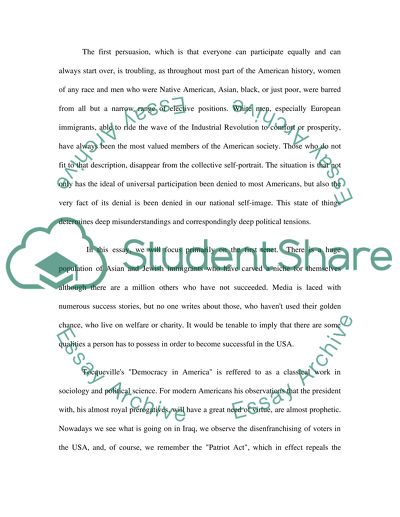Cite this document
(“The Architecture of Race and Identity in the United States Essay”, n.d.)
Retrieved from https://studentshare.org/miscellaneous/1512746-the-architecture-of-race-and-identity-in-the-united-states
Retrieved from https://studentshare.org/miscellaneous/1512746-the-architecture-of-race-and-identity-in-the-united-states
(The Architecture of Race and Identity in the United States Essay)
https://studentshare.org/miscellaneous/1512746-the-architecture-of-race-and-identity-in-the-united-states.
https://studentshare.org/miscellaneous/1512746-the-architecture-of-race-and-identity-in-the-united-states.
“The Architecture of Race and Identity in the United States Essay”, n.d. https://studentshare.org/miscellaneous/1512746-the-architecture-of-race-and-identity-in-the-united-states.


